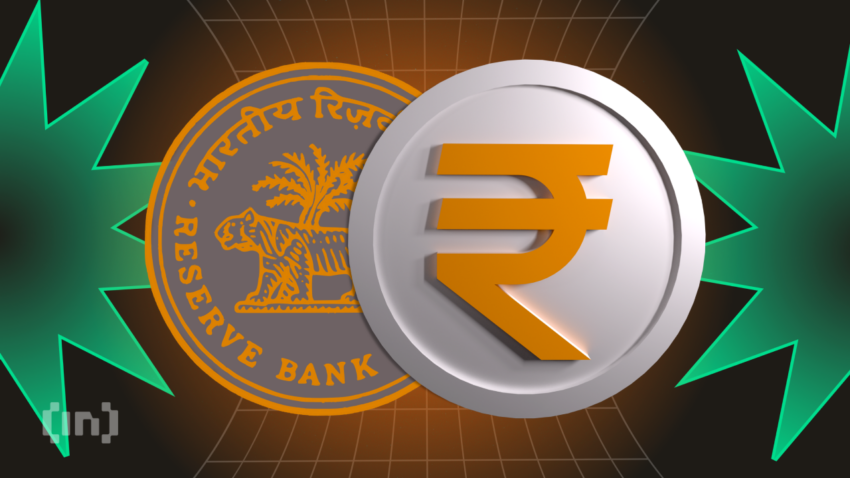CBDC vs Cryptocurrencies: What Makes India’s Digital Rupee Different and Safer?
In the last decade, cryptocurrencies like Bitcoin and Ethereum have grabbed headlines worldwide for their decentralized, borderless nature. But alongside the crypto craze, central banks globally have been exploring their own digital currencies — known as Central Bank Digital Currencies (CBDCs). India’s Digital Rupee is one such CBDC, designed to modernize payments while maintaining stability and trust.
If you’ve ever wondered how the Digital Rupee stacks up against cryptocurrencies and why it’s considered safer, this blog breaks down the key differences and what they mean for India’s financial future.
Understanding the Basics: What is CBDC and Cryptocurrency?
CBDC (Central Bank Digital Currency)
A CBDC is a digital form of a country’s official currency, issued and regulated by the central bank. The Digital Rupee is India’s CBDC, a digital version of the Indian Rupee, fully backed by the government and regulated by the Reserve Bank of India (RBI). It represents sovereign money — legal tender that’s a direct liability of the RBI.
Cryptocurrencies
Cryptos like Bitcoin, Ethereum, and others are decentralized digital currencies based on blockchain technology. They are not issued by any government or central authority, operate independently of traditional banking systems, and rely on complex cryptographic consensus mechanisms.
Key Differences: Digital Rupee vs Cryptocurrencies
| Feature | Digital Rupee (CBDC) | Cryptocurrencies |
|---|---|---|
| Issuer | Reserve Bank of India (central bank) | Decentralized network or private entities |
| Legal Status | Legal tender, backed by government | Not legal tender in India |
| Regulation | Strictly regulated by RBI and government | Largely unregulated or loosely regulated |
| Price Stability | Stable — equal to physical Indian Rupee | Highly volatile — price depends on market |
| Transaction Speed | Instant, low-cost, scalable | Variable, sometimes slow and costly |
| Privacy | Controlled transparency, user data protected | Pseudonymous; varying privacy depending on coin |
| Security | Centralized with RBI oversight, military-grade encryption | Decentralized security; prone to hacks in exchanges and wallets |
| Use Cases | Everyday payments, subsidies, cross-border trade, programmable money | Speculative investment, decentralized finance (DeFi), NFTs |
Why the Digital Rupee is Safer for India
- Government Backing and Legal Tender Status
Unlike cryptocurrencies, the Digital Rupee is official money recognized by law. This eliminates regulatory uncertainty, making it safe and widely accepted. - Price Stability
The Digital Rupee mirrors the value of the physical Rupee — no wild price swings. This stability is crucial for consumer confidence and everyday transactions. - Robust Regulatory Framework
RBI’s control ensures anti-money laundering (AML), combating financing of terrorism (CFT), and KYC norms are embedded from the start, reducing fraud and illegal activities. - Data Privacy with Oversight
The Digital Rupee balances transparency for regulatory needs with privacy protections for users, avoiding the extreme anonymity of some cryptocurrencies that can enable illicit use. - Programmability and Smart Features
Programmable money allows conditional transactions, automated subsidies, and precise fund allocation — something crypto can’t guarantee under current regulations. - Cybersecurity Measures
Centralized control means RBI can deploy military-grade cybersecurity protocols, continuous monitoring, and quick responses to threats, unlike some crypto networks that rely on decentralized consensus.
What India Gains with the Digital Rupee Over Cryptos
- Financial Inclusion: No bank account? No problem. The Digital Rupee aims to reach the unbanked through digital wallets with offline capabilities.
- Monetary Policy Control: RBI can implement policy changes more effectively, preventing economic shocks from uncontrolled crypto volatility.
- Reduced Black Money and Tax Evasion: Every transaction is traceable under RBI guidelines, reducing cash-related illegal activities.
- Cross-Border Payment Efficiency: CBDCs enable seamless, cheaper international remittances compared to crypto exchanges.
Can Cryptocurrencies and CBDCs Coexist?
Absolutely. The Digital Rupee aims to complement, not kill, cryptocurrencies. While the Digital Rupee offers stability and government assurance, cryptocurrencies offer decentralized innovation and new financial models like DeFi. Both can have roles — but India’s focus remains on a secure, inclusive, and regulated digital currency.
Conclusion: The Digital Rupee is India’s Safer Digital Future
The Digital Rupee is more than just a digital currency — it’s a technological leap in how Indians transact, save, and receive money. Its safety, stability, and government backing make it ideal for mainstream adoption, especially in a country still embracing digital finance.
Cryptocurrencies may have been the disruptors, but the Digital Rupee is the foundation for India’s secure, regulated digital economy — built to empower users, protect the system, and fuel growth.




